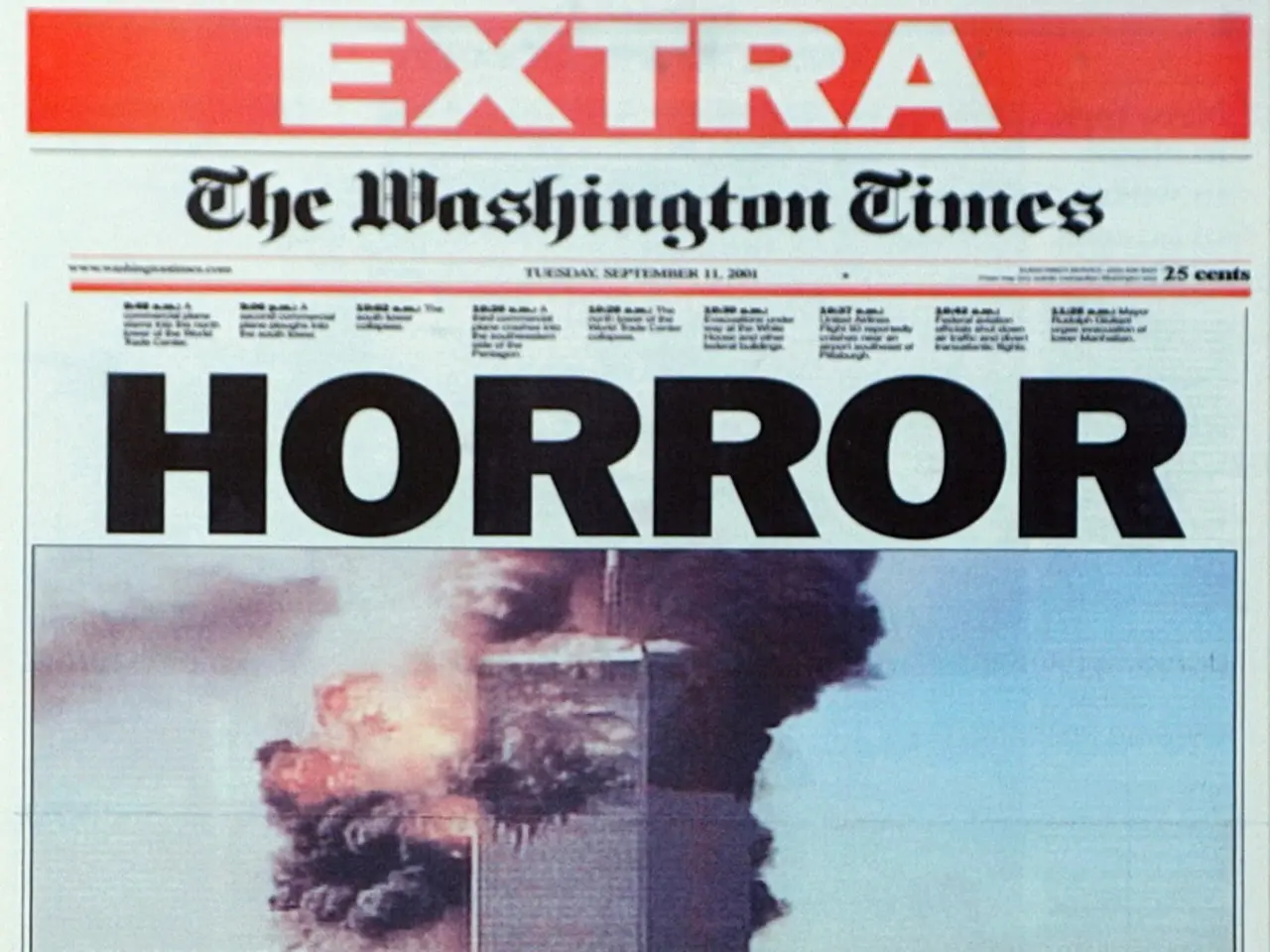Illustrating the Risks Posed by Spontaneous Gunfire Festivities
In a powerful display of data visualization, 1Point21 Interactive, a U.S.-based data visualization and content marketing agency, has created a series of visualizations to illustrate the dangers of celebratory gunfire. The visualizations depict estimated bullet trajectories next to iconic landmarks such as the Burj Khalifa, the tallest building in the world, and Mount Fuji.
The visualizations effectively showcase how several physical factors influence a bullet’s trajectory and potential damage. Here’s a detailed breakdown of these effects:
- Gravitational Forces
- Gravity pulls the bullet downward, causing its trajectory to follow a curved path rather than a straight line. The bullet drops progressively over distance, which shooters must compensate for by adjusting their aim.
- Firing Angle
- The angle at which the bullet is fired significantly affects its range and path. A higher angle results in a longer, more arched trajectory with a higher peak altitude, while a lower angle produces a flatter path and shorter range. Optimal angles balance range and accuracy depending on target distance.
- Speed (Muzzle Velocity)
- The initial speed at which the bullet leaves the barrel (muzzle velocity) determines how far and fast the bullet travels. Higher speeds reduce the time gravity and air resistance act on the bullet, resulting in a flatter trajectory and longer effective range.
- Atmospheric Data
- Environmental factors like air density, temperature, humidity, and wind affect the bullet’s flight. For example:
- Air Density: Denser air increases drag, slowing the bullet and reducing range.
- Temperature & Humidity: These affect air density and bullet velocity slightly, altering the trajectory subtly.
- Wind: Can push the bullet off course, requiring adjustments for windage to maintain accuracy.
- Type of Gun or Bullet
- Different guns and bullets have distinct characteristics that influence trajectory and damage:
- Bullet Shape & Weight: Heavier, more aerodynamic bullets retain velocity better, traveling further with less drop.
- Caliber & Barrel Length: Larger calibers and longer barrels can increase muzzle velocity and stability.
- Bullet Design: Hollow points, full metal jackets, or armor-piercing rounds each behave differently on impact, affecting the damage potential.
The visualizations display trajectories in red if the bullet is traveling fast enough to penetrate a human skull and blue if not. According to the visualization, most bullets reach a high enough velocity to penetrate a human skull by the time they return to the ground.
These visualizations serve as a stark reminder of the potential dangers associated with celebratory gunfire. By understanding the complex interplay between physical forces and equipment variables, we can make more accurate predictions of bullet behavior and damage outcomes in various shooting scenarios.
- The visualizations, part of data visualization and content marketing by 1Point21 Interactive, not only illustrate the dangers of celebratory gunfire but also highlight the role of data-and-cloud-computing technology in showcasing intricate details of bullet trajectories and potential damage.
- The technology utilized in data visualization provides a comprehensive interpretation of factors such as gravitational forces, firing angle, speed, atmospheric data, and type of gun or bullet, thus empowering us to determine bullet behavior and damage outcomes more precisely.




